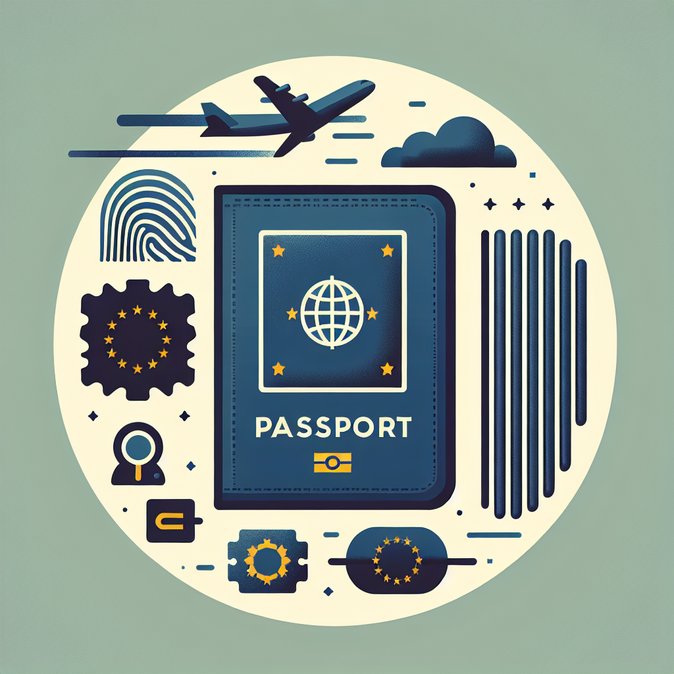
Twelve days into the Entry/Exit System era, confusion persists over exactly who needs to register. Connexion France has compiled official guidance confirming that every non-EU/EEA/Swiss national who is a *visitor*—that is, anyone without a valid residence permit—must submit fingerprints and a facial image at their first Schengen crossing. This includes British, American, Canadian and Australian tourists, business travellers and second-home owners. Holders of French long-stay visas and cartes de séjour will also be recorded in EES, but are allowed to continue using PARAFE e-gates at airports equipped with the upgraded software.
Transport operators are adapting quickly. Eurostar has installed 53 new kiosks at London St Pancras, while Brittany Ferries will debut mobile enrolment stations at Portsmouth and Cork before Christmas. Air France says it will open dedicated “EES first-timer” lanes at CDG Terminal 2E to reduce congestion for seasoned travellers.
Corporate mobility managers should note that work-permit holders whose visas were issued before 1 September already have the necessary biometric data in France’s VIS database; they will nevertheless have to repeat the process because EES uses a separate repository. This duplication is temporary—eu-LISA plans to merge the two systems during 2027—but for now employees arriving on Intra-Company Transfer or Talent-Passport visas should be briefed accordingly.
Exemptions are limited. Diplomats, heads of state, and crew of ships and aircraft on duty are spared, as are children under six (who give only a facial photo) and individuals unable to provide fingerprints for medical reasons. Long-term residents of France who hold an EU permanent-residence card are also exempt when travelling *within* the EU’s outer borders, but will be recorded if they pass through an external Schengen frontier.
The take-away for businesses: add the EES step to your pre-departure checklists, schedule briefing calls for new hires, and update travel policy documents to reflect the new enrolment requirement and data-retention rules.
Transport operators are adapting quickly. Eurostar has installed 53 new kiosks at London St Pancras, while Brittany Ferries will debut mobile enrolment stations at Portsmouth and Cork before Christmas. Air France says it will open dedicated “EES first-timer” lanes at CDG Terminal 2E to reduce congestion for seasoned travellers.
Corporate mobility managers should note that work-permit holders whose visas were issued before 1 September already have the necessary biometric data in France’s VIS database; they will nevertheless have to repeat the process because EES uses a separate repository. This duplication is temporary—eu-LISA plans to merge the two systems during 2027—but for now employees arriving on Intra-Company Transfer or Talent-Passport visas should be briefed accordingly.
Exemptions are limited. Diplomats, heads of state, and crew of ships and aircraft on duty are spared, as are children under six (who give only a facial photo) and individuals unable to provide fingerprints for medical reasons. Long-term residents of France who hold an EU permanent-residence card are also exempt when travelling *within* the EU’s outer borders, but will be recorded if they pass through an external Schengen frontier.
The take-away for businesses: add the EES step to your pre-departure checklists, schedule briefing calls for new hires, and update travel policy documents to reflect the new enrolment requirement and data-retention rules.








